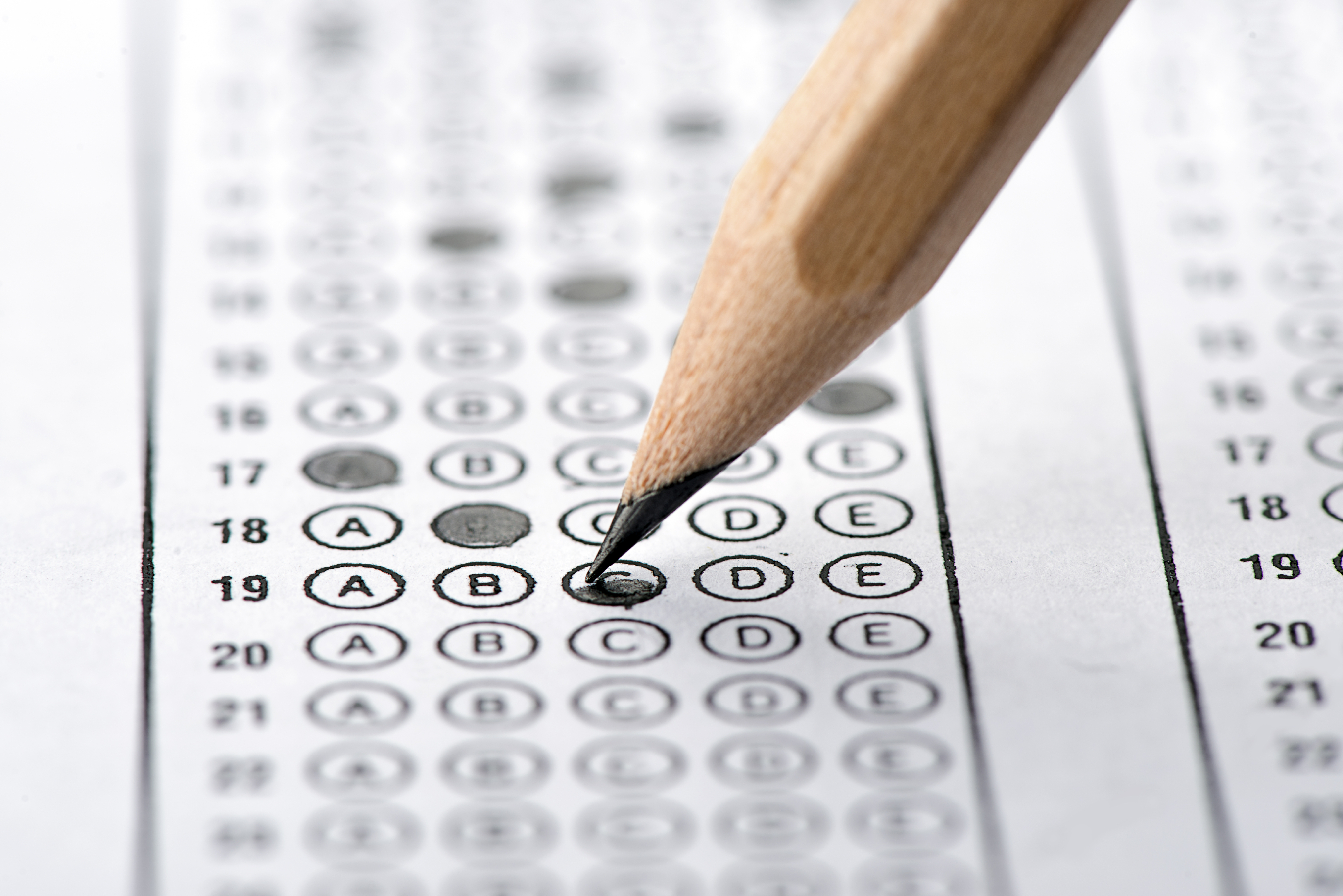
There are many reasons why a private middle school or high school could be the best option for your student: Some children need and thrive on the extra teacher attention, while others relish the additional academic challenges or more plentiful arts programs. Introverted students often do better in smaller classes, and bullied students can feel safer in private school environments.
Private schools can offer families a lot, but the admissions process, which can begin a year or more ahead of the entry year (as early as fourth grade for students looking at private middle schools), might seem daunting. The first hurdle many families find in their research is the following set of abbreviations: ISEE and SSAT. No, these are not the latest versions of bird flu, but rather the two- to three-hour multiple-choice exams that most private schools require for admission. For many families, these exams bring confusion and anxiety.
Just like every human endeavor, the key to success with these tests is preparation. Strategic planning alleviates test anxiety and can deliver great results. We’ve seen thousands of students from around the world conquer these tests and have found that preparing well for intimidating entrance exams can not only increase students’ scores, but also develop important academic skills, boost student confidence, and inspire feelings of optimism and self-efficacy.
What you need to know
How should I decide which school is right for my child? Some factors parents consider when targeting choice private schools are: coed versus single gender, religious affiliation, location, reputation, sports or arts offerings and general school culture. While a particular school may be the most appealing to you and your child, many private schools are highly competitive, so applying to several is a good idea.
Which test should my child prepare for? Each school decides which test it prefers. At the end of this article, we have listed which Seattle-area schools accept which entrance exam. As these preferences can change, we recommend you check the websites of the schools to which your child is applying.
Some notable ISEE/SSAT differences:
- Guessing strategy: There is a guessing penalty on the middle-level and upper-level SSAT, but none on the ISEE. This can sometimes increase feelings of anxiety for nervous test takers.
- Type of writing sample: The ISEE asks the test taker to write an expository essay, while the SSAT requires a creative writing sample from most students (the upper level gives students a choice between a creative prompt and an essay prompt).
- Verbal section: The ISEE has vocabulary-based sentence completions, while the SSAT features analogies.
For more details, and to help you decide which test to choose for your student, check out our “SSAT or ISEE” post.
How to prepare
Check out the test-prep road map: Now that you know which schools you and your student are interested in and which test(s) your child will be preparing for, the next question is: How does your student get ready?
Six months before test date:
- Give your student a diagnostic practice test to determine her current readiness.
- Have your child begin to study 20 or so vocabulary words every week.
- Consider tutoring. Many of the best test-prep tutors are fully booked by fall. If your student is behind in any particular section, it’s a good idea to start brushing up now.
 Three to four months:
Three to four months:
- Have your student become acquainted with requirements of the writing sections and start practicing with sample prompts.
- If your student had no major difficulties on the diagnostic, have him start prepping three months before the test. This will maximize comfort and performance.
Two months:
- Continue proctoring full-length ISEE or SSAT practice tests for your student every one to two weeks.
- Make sure your student is familiar with ISEE/SSAT test-taking strategies.
- Have your child complete a practice essay every week using a realistic prompt.
One month:
- Ensure that your student is comfortable with each section’s pacing.
- Encourage your child to practice relaxing and feeling calm during the test.
One week:
- Make sure your child sleeps well and eats healthy foods!
- Discourage last-minute cramming — your student is well-prepared at this point.
The day before:
- Collect all test taking tools (pencils, pens, water, snacks, etc.).
- Discourage your student from doing too much schoolwork or becoming physically exhausted on this night.
- Encourage your student to relax and head to bed early!
Test day:
- Prepare a solid breakfast with some protein for your child.
- Smile and encourage your student to enjoy the fruits of preparation.
When to test? Plan to have your child take the test in the fall before your school applications are due. In the Seattle area, the last test date is often in January, and families typically want to begin preparing the spring or summer before. While you can schedule a December or January date to maximize your student’s time for test prep, you don’t want to sign up for the very last possible date, in case your child is ill at that time. Check the websites of the schools to which you want to apply to determine your student’s last possible test date.
Many families register for the official ISEE or SSAT in the late summer or mid-fall. Learn more or register at: ISEE; SSAT.
Tame anxiety
Both students and parents are sometimes plagued with anxiety over these exams. For students, the best preventive measure is threefold: giving themselves plenty of time to prepare, having a wise tutor on their team, and not having an overly anxious parent at their side.
You can remind your child:
- The entrance exam is only one piece of their application.
- Neither the ISEE nor the SSAT (nor the SAT nor the ACT) tests their value as a person.
- The ISEE is a test of how well they take the ISEE, and the SSAT is a test of how well they take the SSAT. Therefore, they can improve with practice, especially if they take the time to build their vocabulary and learn new math concepts.
- Conquering this test will help prepare them for future tests such as college entrance exams (SAT or ACT).
- Becoming more proficient in math, reading and writing will make them a stronger student; confidence in their abilities makes school more enjoyable and exciting.
- Their test scores do not determine their happiness or success in life.
- And most importantly, help your student do his or her best, knowing that your family’s love and admiration do not depend on any test score or percentile.
Which schools accept which exam?
Accept ISEE only:
Accept either ISEE or SSAT:
To take a test innovator’s diagnostic ISEE or SSAT:









